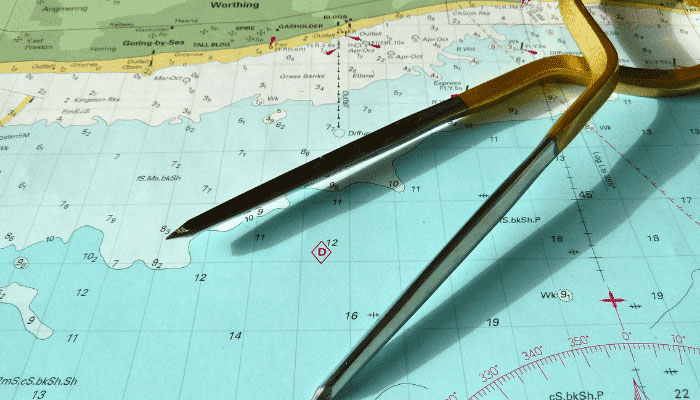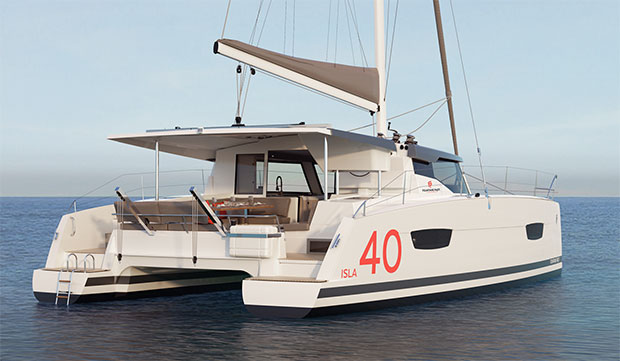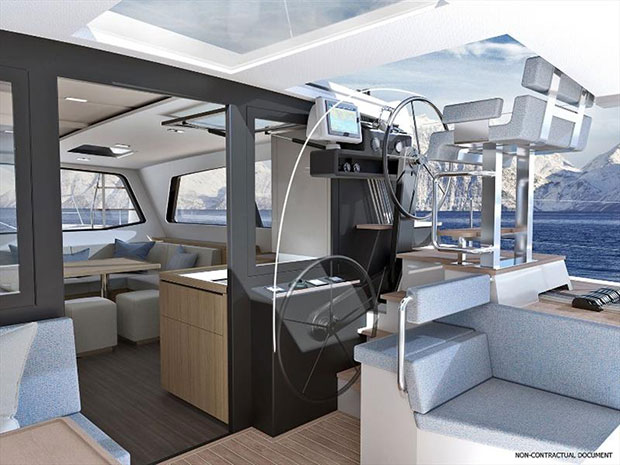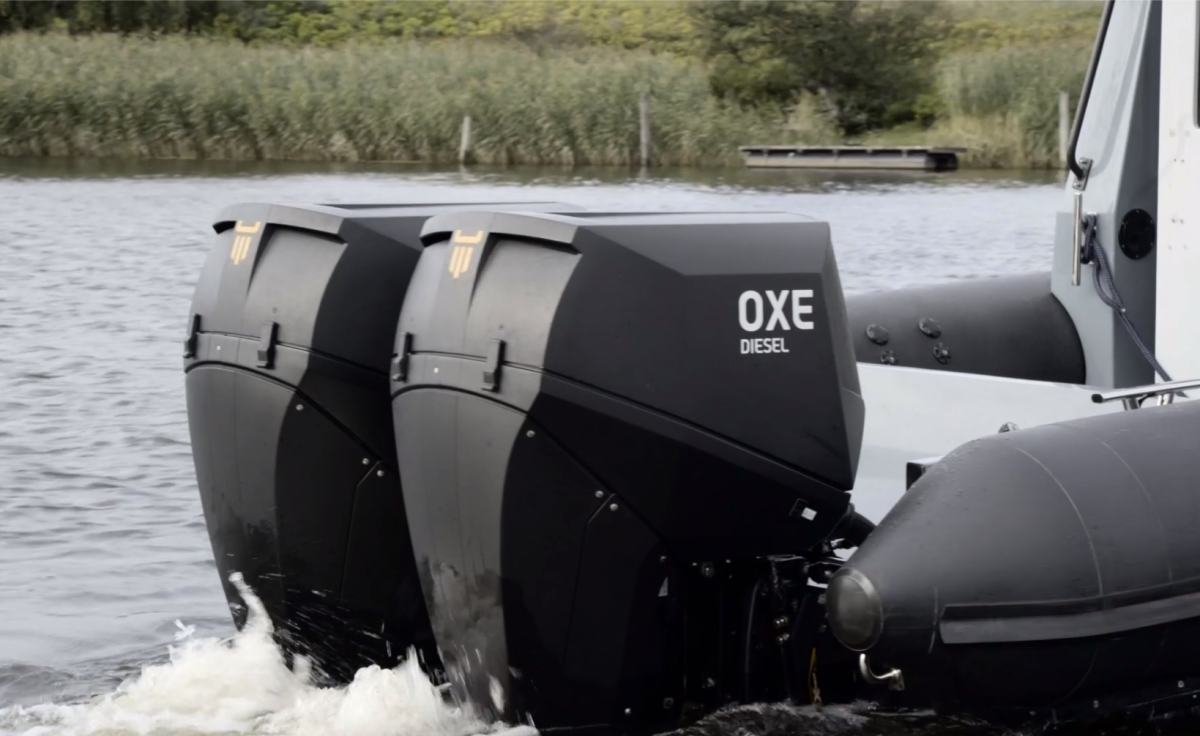Deadline 2026 for UKHO Discontinuation of Paper Charts Scrapped
Discontinuation of Paper Charts Scrapped

Timetable for withdrawal of Standard Nautical Charts and Thematic Charts to be extended beyond 2026 in response to user feedback.
Discussions with international stakeholders have highlighted a number of important transnational and regulatory factors that need further consideration. It has become clear that more time is required to address the needs of specific users who do not yet have viable alternatives to paper chart products, so the UKHO will continue to provide a paper chart service until at least 2030.
For 400 years British hydrographers have made paper charts of the world’s seas and oceans. Each one captures the details of the coastlines and waters of the earth. They provide an incredibly insightful picture for the mariner, helping maintain the safety of ships navigating the waters.
Every day, staff at the UKHO make corrections or improvements to some of the 3,500 charts they maintain, such as adding the location of hazardous new wrecks and submarine cables or even changes to coastlines caused by natural disasters like lava flows and silting. Mariners get weekly updates on the changes that they must add to paper charts themselves. Electronic charts get updated digitally.
The UKHO is preparing to drop its paper chart service and switch to digital-only versions, which would be accessed via a vessel’s electronic chart display systems. It turns out that quite a lot of ships still need paper charts. Due to maritime regulations, vessels must carry some form of chart and, despite the availability of electronic versions paper charts continue to be used as backups, or, in some cases, the only such resource on board.
Sales of paper charts have been declining steadily. Today, paper charts account for less than 16% of all the charts the agency sells. Yet paper remains curiously sticky. The Royal Yachting Association (RYA) has said that despite the withdrawal of the UKHO paper charts, it will continue to teach navigation techniques that use them.
It turns out there’s a big difference between information presented on paper versus on a screen. A study published in 2021 indicated that writing something down by hand on paper increases brain activity which is associated with better recall and retention than digital entries on a device.
 Grafické a vykreslovací nástroje © Daria Blackwell
Grafické a vykreslovací nástroje © Daria Blackwell
Similarly, when plotting on a paper chart, the mariner notices features and hazards between plots that may sometimes be missing from an electronic layer on a chartplotter. Pantaenius reports an increasing number of grounding incidents that result in catastrophic losses. It is no longer collisions, but grounding that has become the most common cause of damage on recreational boats. In most cases, these incidents could be avoided had the navigator viewed different layers or resolutions of the electronic charts — or perused appropriate paper charts.
Much like the UKHO, many organisations attempt to go largely or exclusively digital only to encounter hurdles. It’s notoriously difficult to do away with paper records in some sectors, like logistics and healthcare. Paper is still considered the backup medium whenever electronic systems fail – which we know they do. Anyone who sails and has experienced an electronics failure, as happens after a lightning strike, will most likely always carry paper charts as backup, even if they have to print them themselves.
Cutting down vast swathes of trees for paper has become contentious in recent times. Some think that it’s worth planting and cutting down trees for the paper – and the smell of a brand new book, the handwritten letter to an old friend, or the records that must survive even when the electronic systems fail.
by Daria Blackwell / oceancruisingclub.org





